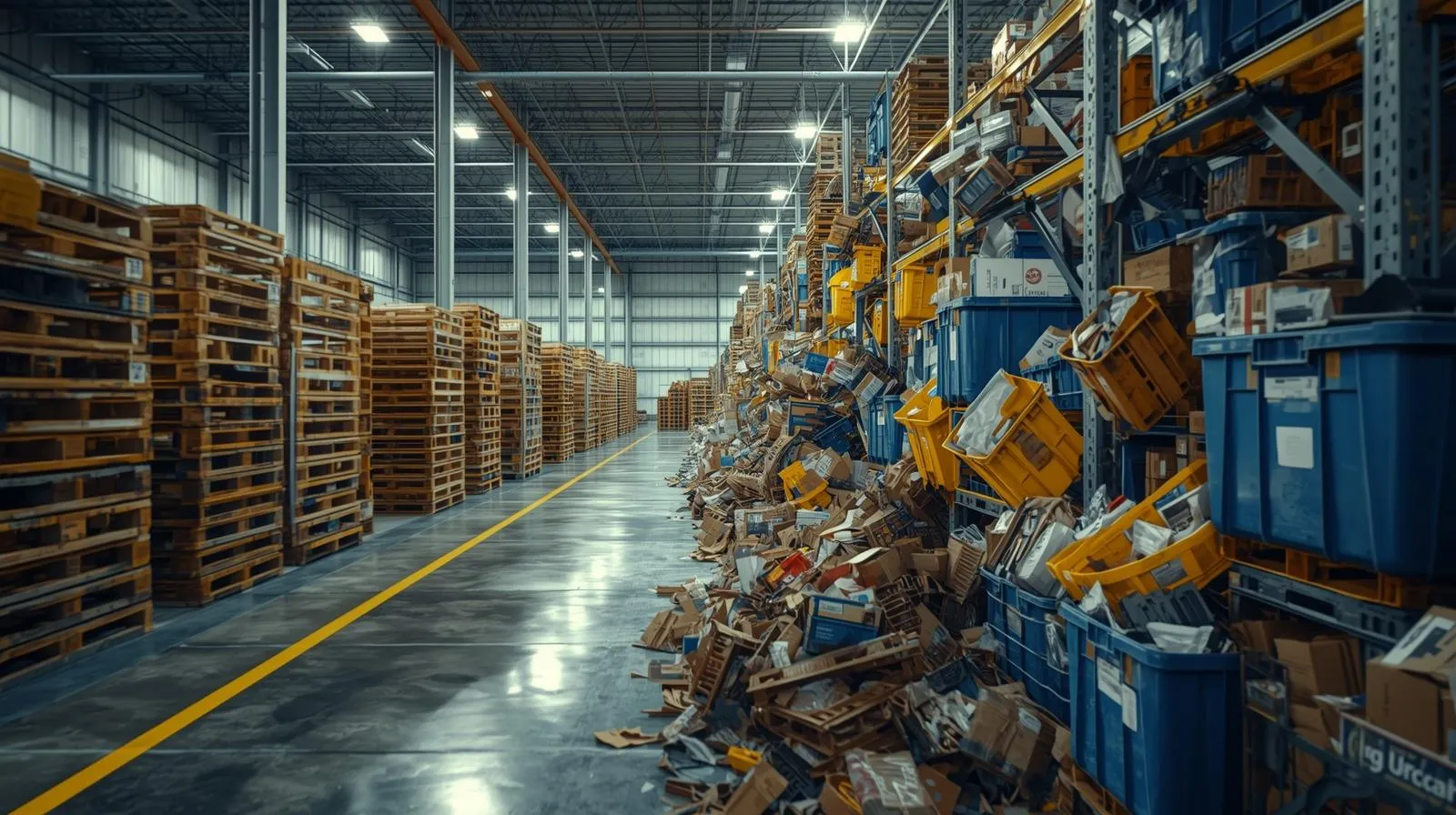The Challenges of Asset Lifecycle Management in Transportation

Transportation companies rely on a diverse set of assets—from vehicle fleets to cargo handling tools and warehouse machinery. Effective asset lifecycle management in transportation is crucial, as managing these assets throughout their lifecycle can be complex and costly. Here are some common challenges:
- Frequent Equipment Breakdowns: Without maintenance schedules based on real usage data, equipment suffers from frequent breakdowns, leading to costly repairs, unplanned downtime, and project delays.
- High Total Cost of Ownership (TCO): Inefficient asset management, such as purchasing unnecessary equipment or failing to maintain existing assets, increases TCO significantly for transportation companies.
- Inconsistent Maintenance: Heavy use of transportation assets requires timely maintenance, but fixed schedules often fail to capture real-time needs, leading to higher costs, shorter asset lifespans, and frequent repairs.
- Difficulty Tracking Asset Status: Managing large fleets or numerous assets across locations makes it challenging to track their status and maintenance needs in real time, increasing operational costs.
How Dalos Optimizes Asset Lifecycles in Transportation
Dalos offers a complete asset lifecycle management solution, enabling transportation companies to extend asset lifespans, reduce repair costs, and maximize return on investment (ROI) through IoT-powered tracking, predictive maintenance, and detailed usage analytics.
1. Acquisition: Making Informed Decisions with Data-Driven Insights
The first step to optimizing asset lifecycles is making informed acquisition decisions. Dalos provides valuable data on asset utilization, helping companies determine if new equipment is truly necessary or if current assets can be better allocated.
How This Benefits Asset Acquisition:
- Avoid Over-Purchasing: By providing insights into asset utilization, Dalos helps companies avoid buying unnecessary equipment, reducing capital expenditures.
- Data-Driven Purchasing: Dalos gives companies performance data on different asset types, enabling them to choose the most cost-effective equipment.
2. Utilization: Real-Time Monitoring to Maximize Asset Use
Optimizing equipment utilization is key to extending lifespans and maximizing value. Dalos provides real-time data on asset location, usage, and condition, allowing transportation managers to fully utilize all equipment while preventing overuse or underuse.
How This Maximizes Asset Utilization:
- Reduce Idle Time: Dalos helps transportation firms identify underutilized equipment, allowing for better resource allocation.
- Prevent Overuse: By monitoring real-time usage data, Dalos ensures that equipment is not overworked, reducing wear and tear.
3. Maintenance: Proactive and Predictive Maintenance for Extended Lifespan
Ensuring equipment is properly maintained is critical for reducing costs and extending the lifespan of assets. Dalos offers predictive maintenance by tracking real-time data such as engine hours, fuel consumption, and usage patterns. This proactive approach allows companies to schedule maintenance before problems arise.
How This Improves Maintenance Efficiency:
- Predictive Maintenance: Dalos analyzes real-time data to predict when equipment requires servicing, ensuring timely maintenance.
- Reduced Repair Costs: Proactive maintenance catches minor issues before they become major problems, reducing repair costs and preventing unplanned downtime.
4. Decommissioning: Maximizing ROI When Retiring Equipment
When equipment reaches the end of its useful life, Dalos helps transportation companies determine the optimal time for decommissioning. Retiring equipment too early leads to premature capital expenditures, while holding onto aging equipment increases repair costs.
How This Maximizes ROI on Decommissioned Equipment:
- Data-Driven Retirement Decisions: Dalos provides insights into asset performance and maintenance history, helping companies decide when to retire equipment.
- Reduced End-of-Life Costs: Tracking asset conditions over time allows companies to avoid excessive repair costs and operational inefficiencies.
Recommended Articles
- Rami El-Chafei
- •
- December 10, 2025
The Reverse Logistics Problem Nobody Talks About: Why Your Reusable Assets Keep Disappearing
If you rely on reusable containers or pallets, your biggest losses may be hiding in reverse logistics. While outbound shipments get full tracking, assets routinely vanish on the return journey—driving...
- Rami El-Chafei
- •
- November 23, 2025
How IoT-Driven Platforms are Transforming Logistics Operations
Transforming Logistic Operations With IOT-Driven Platform As we move further into 2025, the logistics industry is undergoing a profound transformation, largely fueled by the rise of Internet of Things (IoT)...
- Rami El-Chafei
- •
- November 17, 2025
How Dalos Enables Smart Asset Monitoring for Hospitality
Dalos' Smart Asset Monitoring solutions enhance efficiency and elevate guest experiences in the hospitality industry. Leveraging IoT and advanced analytics, streamline operations, optimize asset performance, and ensure seamless service across...






